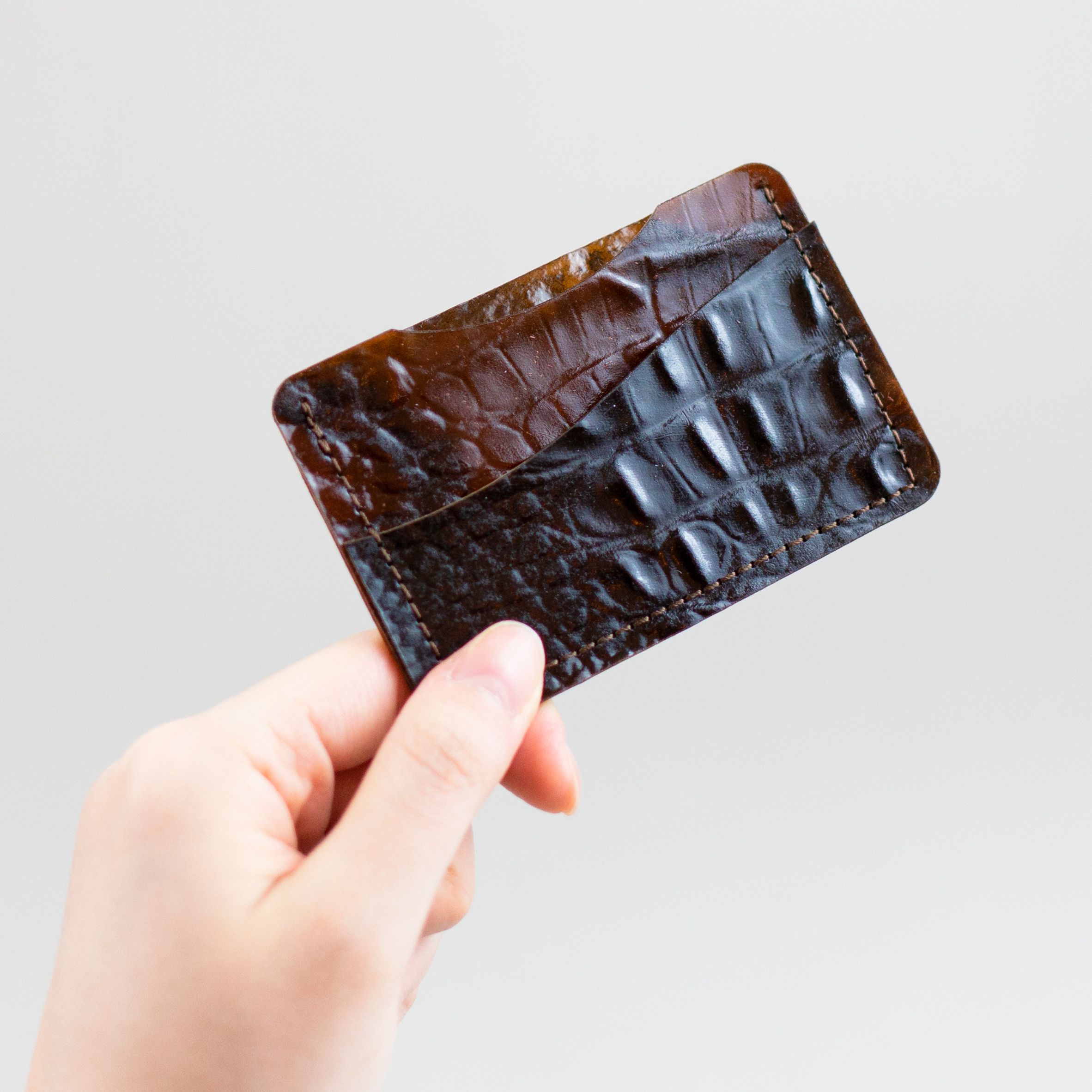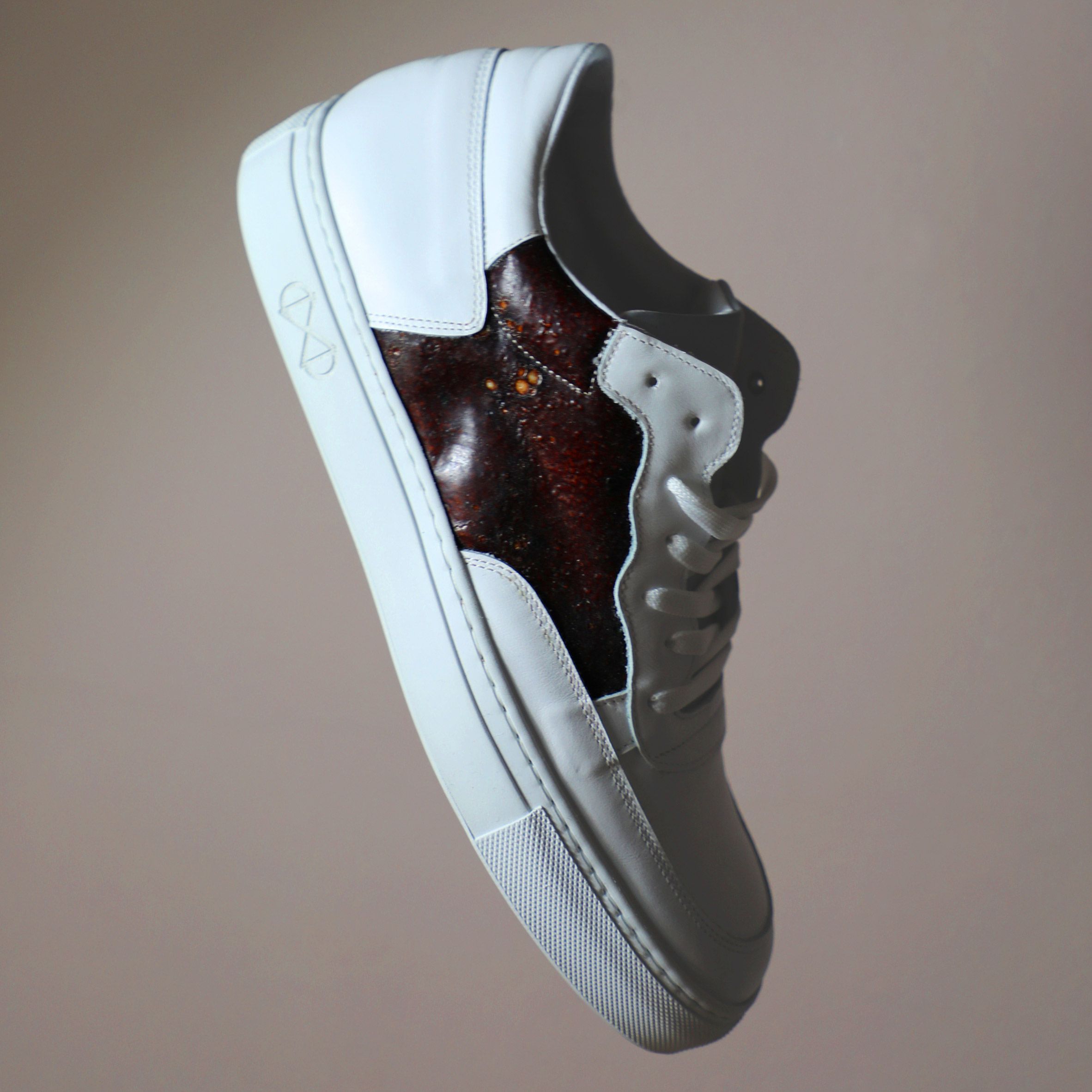Alternatives of Animals Leather from Sustainable
Plants and Food Wastes
Leather is not an environmental friendly material as most of them made of the animal’s skin such as crocodiles, cattle, snakes, sheep, deer, kangaroo, etc., which causes many arguments and resistance from the vegetarians, environmentalists, and animal lovers through ethical and environmental issues. In addition, awareness grows on people also concern about the cruelty of mass livestock rearing, the number of resources consumed and carbon emitted in the process of animals nowadays. That leads some major fashion houses have decided to ditch fur to pursue sustainable development in their business and contribute to the environment. As a result, many leather substitutes have emerged within the environmental friendly materials and biodegradation to replace the animal’s leather. Most of the alternatives materials come from plants and food wastes.
Several Alternatives Leather
.jpg?access_token=d8195102-2c95-469d-a9fc-1673ebb38b56)

Tômtex
Producer: Uyen Tran
Made from waste coffee grounds and the biopolymer chitin (Discarded of seafood shells)
Coffee and seafood shell-based leather


Bio-leather
Producer: Shahar Livne
Made from discarded animal fat and bones from a slaughterhouse
Bio-leather

Mylo
Producer: Bolt Threads
Made from mushrooms and other fungi
Mycelium-based leather

Lino Leather
Producer: Don Kwaning
Made from linoleum
Linseed oil mixed and powered cork-based leather
There has a growing trend of the ‘’zero animal leather’’ to the fashion houses and the customers because the alternative leather can be biodegradation and make good use of resources to reduce the waste. There is no doubt that being able to bind their own brand to the plant fiber and environmental leather industry will be a key step to market innovation and revolution and become a global trend in the fashion industry. With the advancement of technology and product development, we now have more choices to purchase a product that we want and meet the environmental requirements.
Reference
Hahn, J. (2020). Six alternatives to animal leather made from plants and food waste. Retrieved from dezeen, Web site: https://www.dezeen.com/2020/10/16/leather-alternatives-vegan-materials-design/?li_source=LI&li_medium=bottom_block_1
Hahn, J. (2020). Major fashion houses will sell products made from mushroom leather by next year. Retrieved from dezeen, Web site: https://www.dezeen.com/2020/10/08/mylo-consortium-adidas-stella-mccartney-lululemon-kering-mycelium/